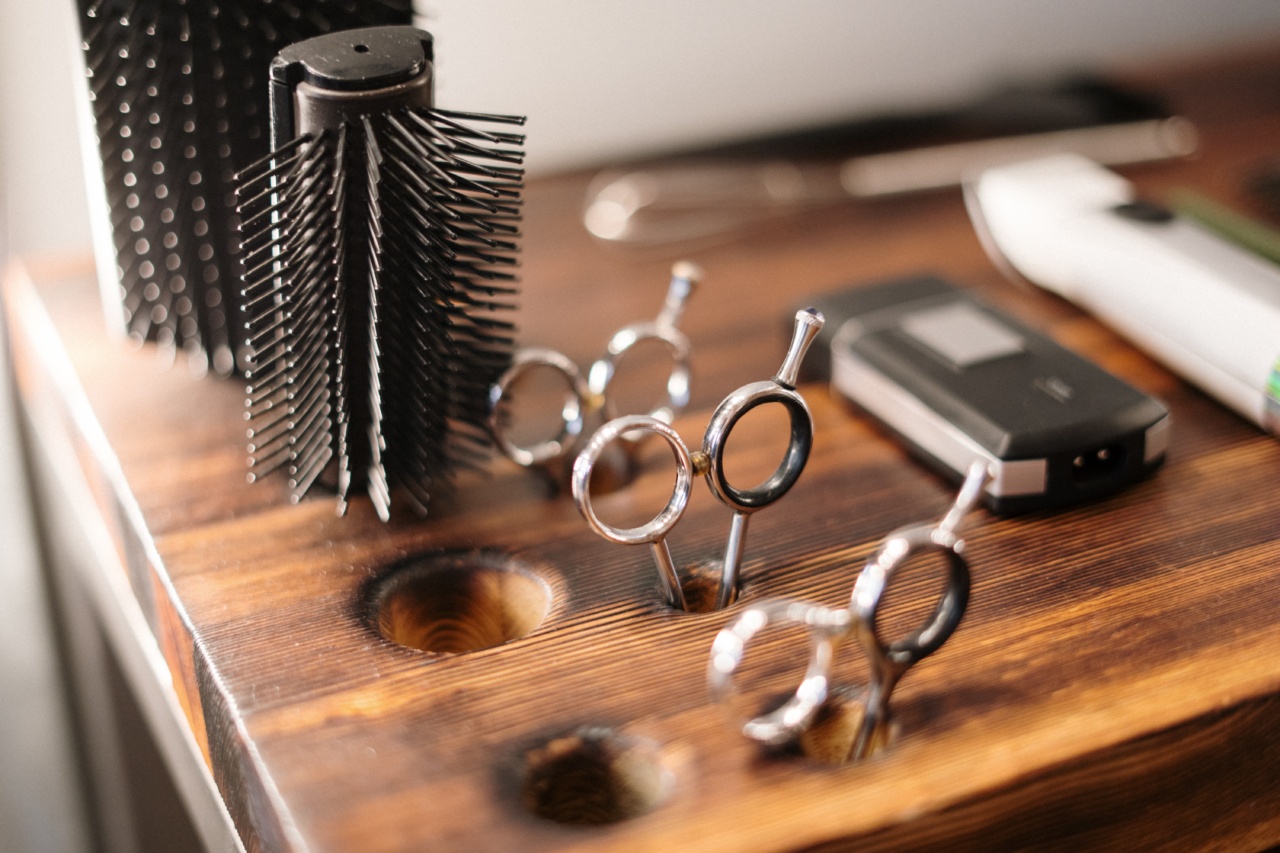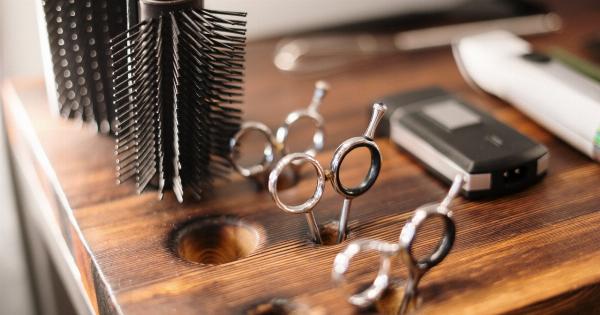Cutting hair with scissors is an art, but it is a skill that requires proper training and practice. Unfortunately, accidents can happen during hair cutting, which can have disastrous consequences.
In this article, we will discuss how to prevent hair accidents when using scissors and provide some tips to help you avoid common mistakes.
1. Choose the Right Scissors
One of the most important steps in preventing hair accidents is choosing the right scissors. There are many types of scissors available, and each one is designed for a specific purpose.
For example, there are thinning scissors, texturizing scissors, and blunt scissors. It is vital to select the appropriate scissors for the task at hand to ensure that the hair is cut correctly and safely.
2. Use the Scissors Properly
Using scissors correctly is crucial in preventing hair accidents. It is essential to keep the scissors sharp, as blunt scissors can damage the hair and cause accidents. Proper technique when using scissors is also essential.
Hold the scissors at the base with your thumb and ring finger and use the middle finger to control the movement of the blade. Always cut the hair in a straight line and avoid using too much pressure.
3. Keep Hair Clean and Dry
Cutting wet or damp hair can make the hair slippery and difficult to manage, increasing the risk of accidents. Therefore, it is best to cut hair when it is clean and dry, which will also make it easier to style.
4. Work in Good Lighting
Working in good lighting is crucial in preventing hair accidents. Poor lighting can make it challenging to see the hair properly and can lead to mistakes.
Therefore, make sure to work in an area with well-lit lighting, and if possible, position yourself near a window or under a bright lamp.
5. Always Be Focused
Concentration is key when cutting hair with scissors. Avoid distractions, such as talking on the phone or watching television, as they can cause you to lose focus.
In addition, make sure to take breaks regularly to avoid fatigue, which can also lead to accidents.
6. Practice on Mannequin Heads
If you are new to hair cutting, it is a good idea to practice on mannequin heads first. This will give you an opportunity to develop your skills without the pressure of working on real hair.
It will also help you become more familiar with the texture and thickness of hair, which is essential in preventing accidents when cutting real hair.
7. Avoid Rushing
Rushing is a common cause of hair accidents. Take your time when cutting hair with scissors and avoid trying to cut too much at once. Instead, cut small sections at a time, and regularly check your progress to avoid any mishaps.
8. Use Hair Clippers for Trimming
If you need to trim hair around the ears or the neck, it is best to use hair clippers instead of scissors. Clippers are easier to control and are less likely to cause accidents.
9. Have a First Aid Kit Ready
If an accident does occur, it is essential to have a first aid kit on hand. It should contain items such as band-aids, antiseptic cream, and sterile gauze, which can be used to treat minor cuts and scrapes.
10. Get Professional Training
Finally, professional training is essential for anyone who wants to cut hair with scissors. It is the best way to learn the correct technique and to understand the potential risks and how to avoid them.
Professional training can be obtained through many avenues, such as hair salons, barber shops, and vocational schools.
Conclusion
Cutting hair with scissors can be an enjoyable and fulfilling experience, but it is essential to take the necessary precautions to prevent accidents.
By following the tips in this article and getting professional training, you can become a skilled hair cutter and avoid injuring yourself or others.






























